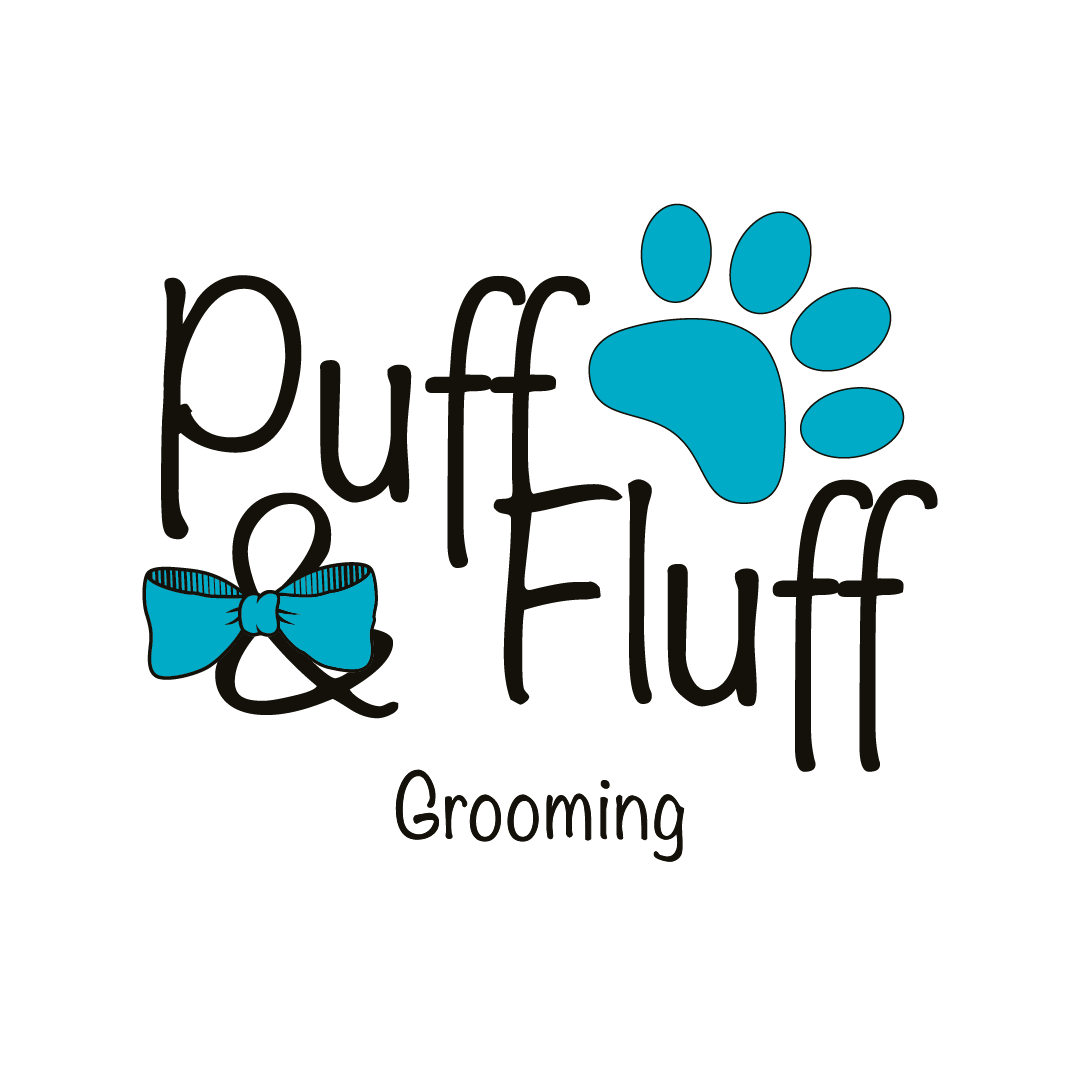Pet parents hate fleas for good reasons. Apart from causing discomfort to your pet itch, they leave dirt behind and can cause diseases in severe cases. As a responsible pet parent, it’s imperative to take the necessary steps to protect your pets from fleas. One of the most effective ways to achieve this is by using a spot-on flea treatment.
In this post, we shall look at spot-on flea treatment, how it is used, and the precautions you need to take. Continue reading to learn more.
Understanding Spot-on Flea Treatments
Spot-on products are medical liquids designed to protect your pet from flea and ticks. Ideally, they are squeezed onto a pet’s skin, mostly in areas that fleas and ticks hide. Monthly spot-on med like Revolution will help protect your pet against fleas and ticks for up to a month. However, it’s advisable to apply it more often if your pet takes a bath or swims more often.
How to Use Spot-on Flea and Tick Treatments
Before you treat your pet using spot-on products, you should ensure to read the label first. This should be the case even if you’ve used the product before as directions of use might have changed over time. If you’re having challenges understanding the label, consult your veterinarian or the manufacturer for clarification.
As earlier stated, spot-on flea and tick products are usually applied on your pet’s neck, shoulder blade, or the back. However, it’s important to part the hair in those areas to ensure that the treatment gets down to the skin. You should also avoid applying the treatment in areas that your pet can lick.
Also, ensure that your pet is relaxed and comfortable when applying the medication. After all, no one wants to struggle when applying the treatment onto their pets. When your pet is calm and relaxed, you can apply the medication properly and it will not lead to a traumatic experience for you and your pet. If possible, consider offering your pet some treats or some sweet words.
Also, be sure that the product you’re using for your cat is specifically designed for cats. As a rule of thumb, never treat your cat with a spot-on product meant for your dog. Also, ensure that the product weight range matches with your pet’s weight. Weigh your pet accurately and only use a spot-on product that falls under your dog’s weight range.
Some pet owners make a mistake of splitting medications meant for larger pets to treat many small pets. This is a huge mistake as you won’t be able to determine the correct dose for your pet which can cause injury to your pets.
You should also avoid applying spot-on products to puppies or kittens unless the label indicates so. Consult your vet if you plan to use the product on old, weak, pregnant, sick, or nursing pets. It is also recommended to speak to your vet if your pet has previously been sensitive to flea and tick products.
If you’ve treated multiple pets, ensure that they’re separated until the product dries. This way, no animal will groom the other and ingest the product. Look for any side effects after using the product, especially if you’re using it for the first time.
If you notice any signs of illness after using the product, call your veterinarian immediately. Symptoms to look out for include depression, loss of appetite, diarrhea, vomiting, excessive salivation, etc.
Consider bathing your pet with mild soap and large amounts of water immediately if you notice a bad reaction after using a spot-on product. Don’t forget to call your vet as well.
How Spot-on Products Work?
After applying the spot-on flea and tick treatments on your pet’s skin, it is absorbed into your pet’s circulation system. When a flea or tick bites your pet, they will ingest it.
Some spot-on flea and tick products work by preventing flea eggs from hatching. Others work by preventing larvae and pupae from maturing.
Some popular spot-on medications can help eliminate all stages of flea and protect pets from all types of ticks, including American dog ticks, deer ticks, and mosquitoes.
However, as earlier stated, it’s imperative to ensure that you use a treatment product that matches your dog’s size. Talk to your veterinarian if you can’t understand the right treatment for your pet’s size and weight.
Other Safety Measures
Wash your hands with soap water after applying spot-on medications on your pet. Also, ensure to store flea and tick products out of reach of children or pets and away from food products. If you suspect your pet has ingested pesticides, ensure to talk to your veterinarian immediately.

